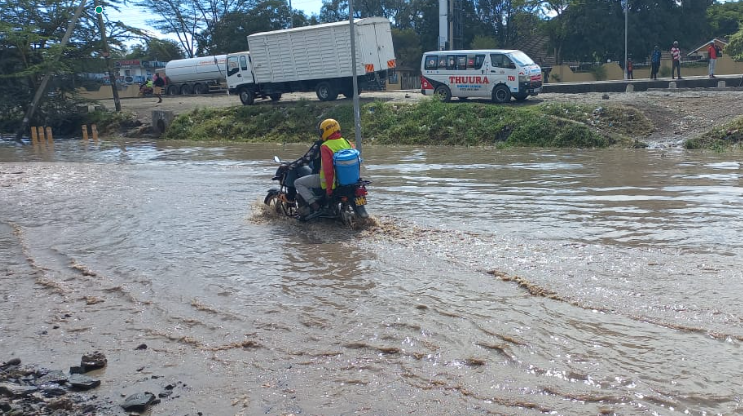Heavy rains exposed city planning failure

It’s disheartening to witness how ordinary citizens are left stranded amid heavy rains that poured across the country, particularly in Nairobi.
Despite some efforts in the past, Nairobi was overwhelmed amid a sense of learned helplessness from the authorities.
In a country where the government claims financial constraints while billions are spent on useless trips locally and abroad by officials, one can’t help but question the lack of a comprehensive plan to cushion the common man on the streets from such calamities.
The tragic loss of four Kenyans, including a policeman trying to rescue his compatriots, underscores the urgency of addressing disaster preparedness issues.
As we mourn these losses, tough questions should be asked about the preparedness and response of the Nairobi County government, particularly the work of the so-called “green army” tasked with clearing the city’s drainage systems.
Despite months of preparation, their efforts seemed inadequate.
Governor Johnson Sakaja’s acknowledgement in January of the challenges in the city’s drainage system raised the alarm about the need for urgent action and investment in infrastructure.
However, there’s a glaring gap between acknowledgement and action, especially when huge amounts of taxpayers’ money are spent on projects whose urgency is questionable.
Demanding funding for the Nairobi Rivers Commission, as Deputy President Rigathi Gachagua did, underscores the dire need for effective governance and accountability.
However, mere demands for funding are not enough if the commission is not working. The commission appears ineffective in addressing the pollution of the Nairobi River, despite receiving substantial funds. It is this lack of action in the face of environmental degradation that raises serious concerns about their effectiveness.
The overflow of water along riverbanks, bypasses, and the Expressway – a multi-billion-dollar development – raises questions about the adequacy of infrastructure planning and execution. Recurrent traffic congestion during rainy seasons further highlights the insufficient drainage system.
Urgent action is needed to address the systemic failures in infrastructure and governance that exacerbate the impact of heavy rains.
That is why both the national and county governments must prioritise investment in sustainable solutions to mitigate the effects of flooding.












